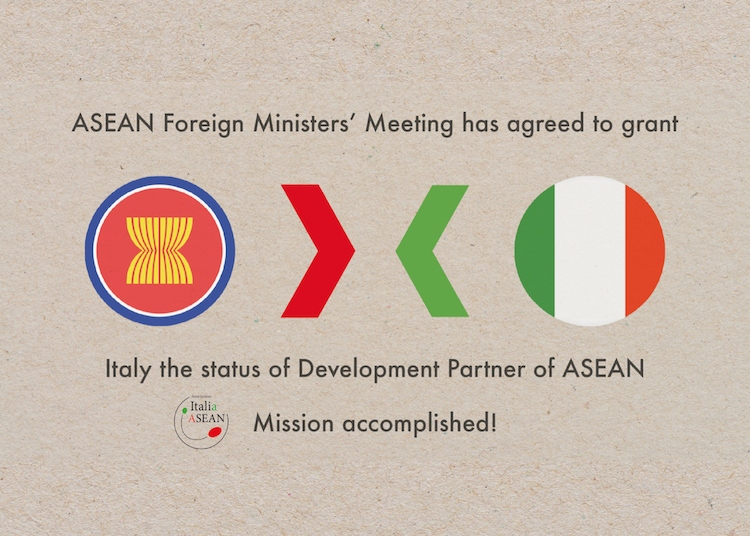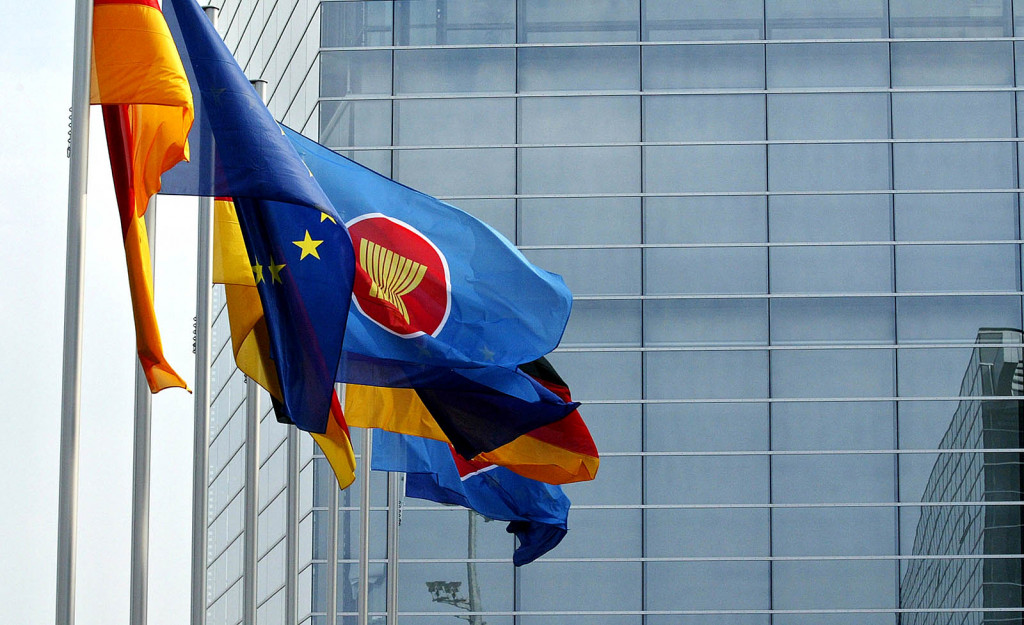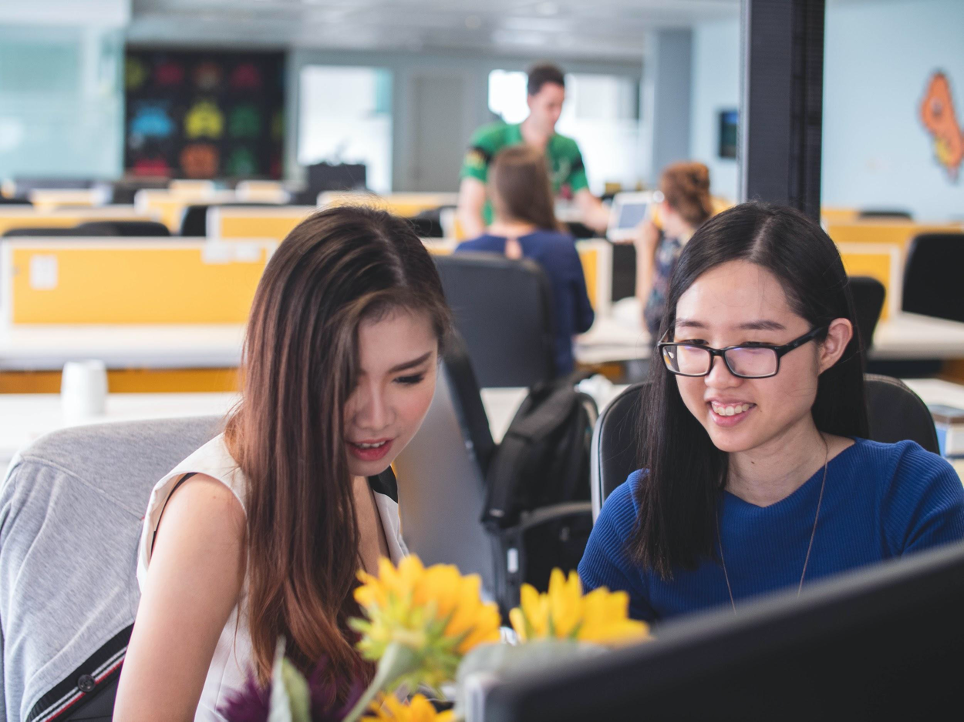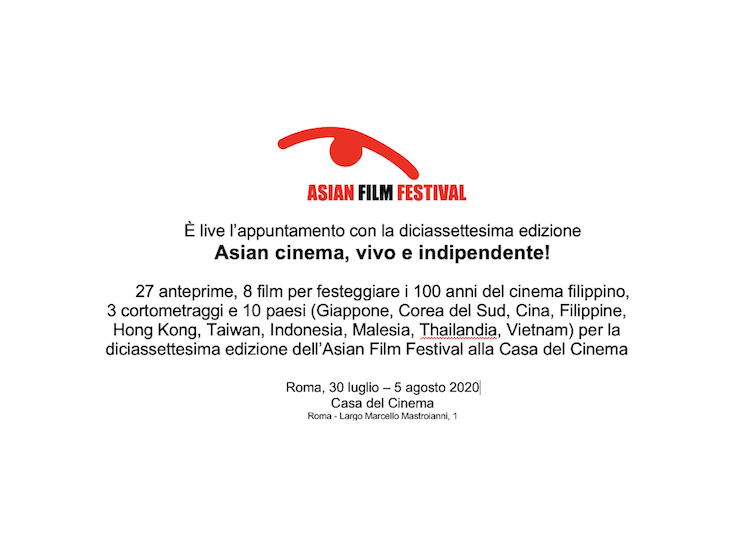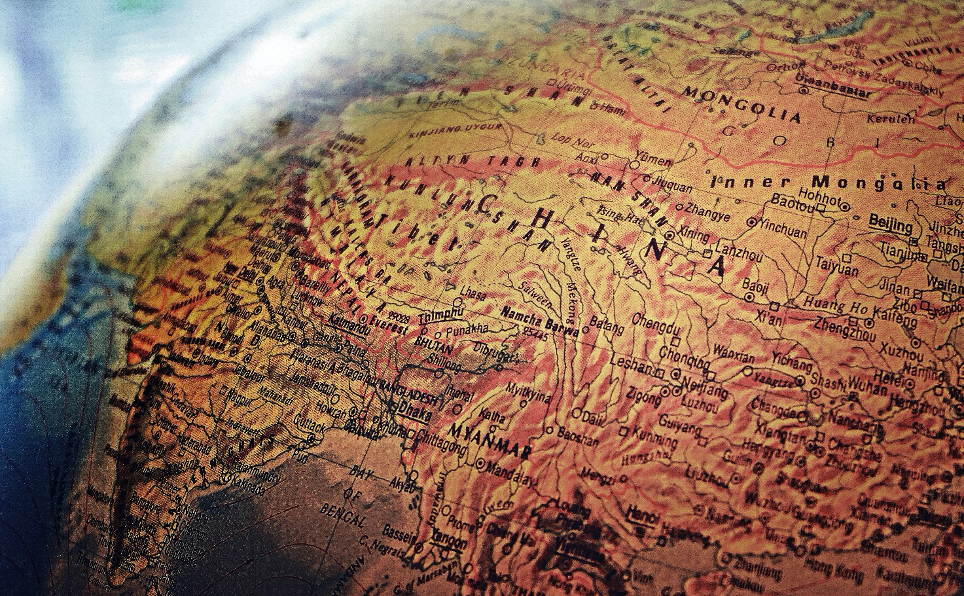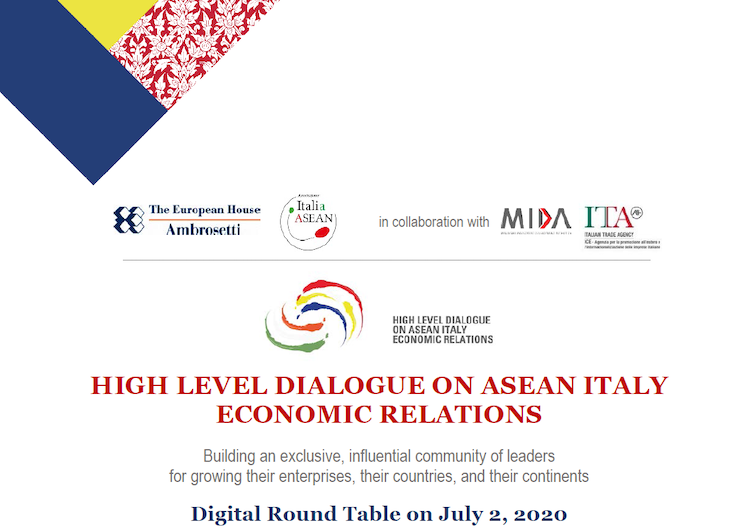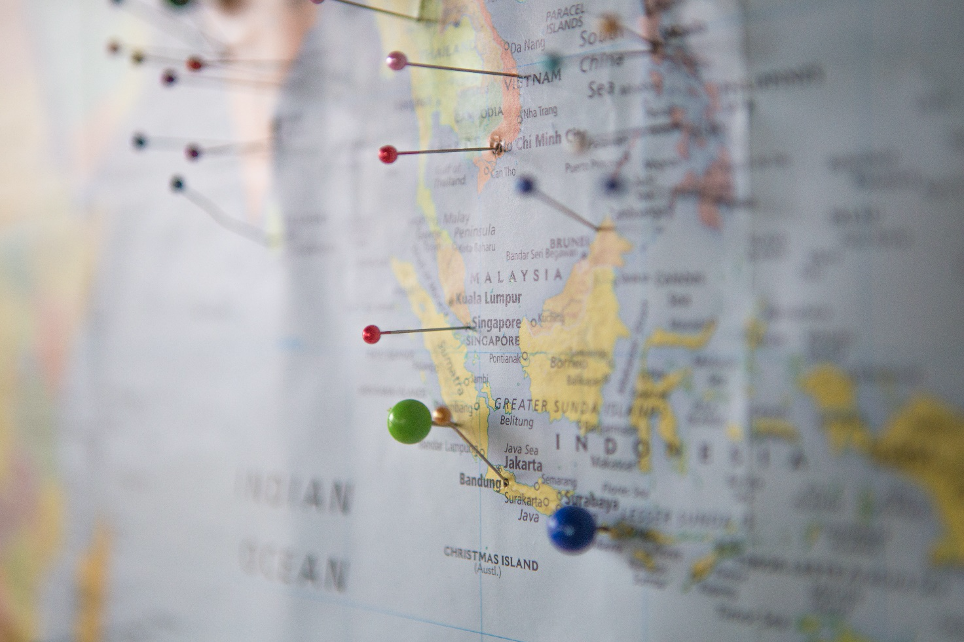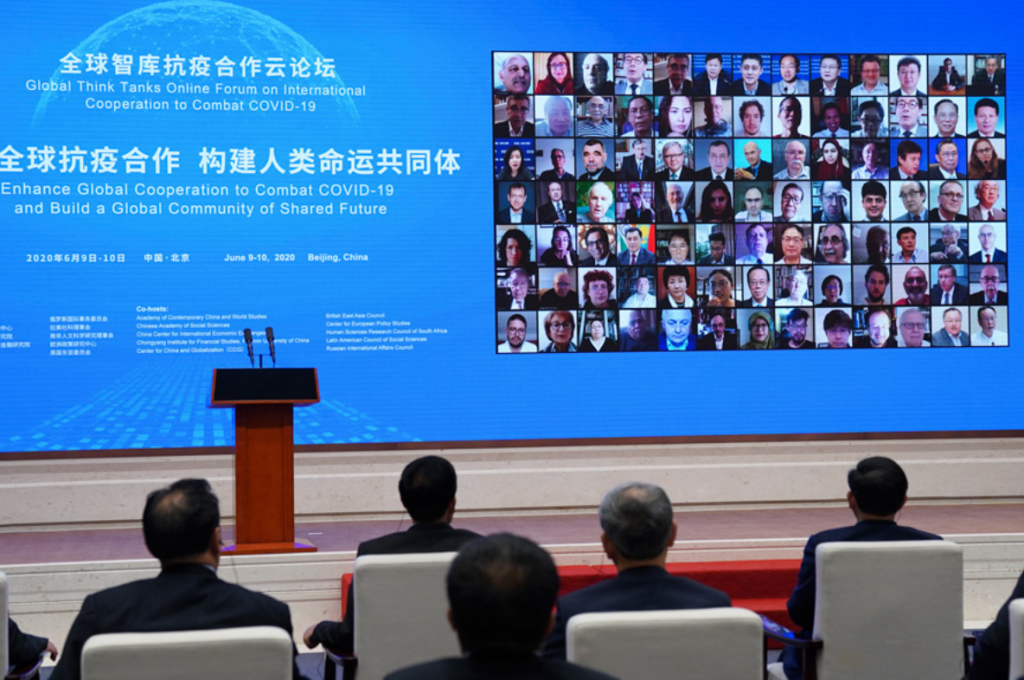After Berlin, also Rome and Paris start looking to South-East Asia for its’ immense potential
The Association of Southeast Asian Nations (ASEAN) granted Italy the status of Development Partner of the organization on the 9th of September.
In a letter to the Minister of Foreign Affairs Luigi di Maio, ASEAN Secretary General Dato Lim Jock Hoi announced that, being close to the 53rd ASEAN Foreign Ministers' Meeting, Italy has been granted the status of Development Partner. During the meeting, also France obtained the role of Development Partner. Rome and Paris follow Berlin in deepening their relations with the Association.
Enrico Letta, President of the Italy-ASEAN Association, comments on this important achievement: "It is a crucial moment for relations between ASEAN and our country. The news highlights the great work done in recent years by the entire country system to deepen the link between two areas that are geographically and culturally distant, but which share fundamental values such as free trade and multilateralism. Congratulations to the Foreign Ministry, to the Minister of Foreign Affairs and to President Mattarella, the first G7 Head of State to visit the General Secretariat of ASEAN in 2015. Today, ASEAN is already the fifth largest global economic power and the projections clearly display that by 2050 it will reach the fourth place, following China, India and the United States."
The Development Partnership is a special relationship that aims at strengthening the cooperation between Italy and ASEAN, and enhance the coordination of joint projects aimed at enhancing the potential of the two regions. As Development Partners, the ASEAN Secretariat and the Ministry of Foreign Affairs will work together in areas such as connectivity, fight against climate change and sustainable development, management of natural disasters, protection of cultural heritage, strengthening the role of women, peacekeeping and combatting Covid-19.
Alessia Mosca, Secretary General of the Italy-ASEAN Association, underlines the importance of creating new alliances for Italy and the European economic system: "The new global scenario gives even more value to the relationship between Italy and ASEAN, which was strengthened considerably in recent years. Thanks to this recognition and thanks to the results achieved by the European trade policy negotiations, Italian companies can now compete better in one of the most dynamic areas of the planet."
In the coming months, the Italian Embassy in Jakarta will have the task of coordinating with the ASEAN Secretariat to follow up the efforts made so far and further develop the partnership.
Article edited by editorial Staff

